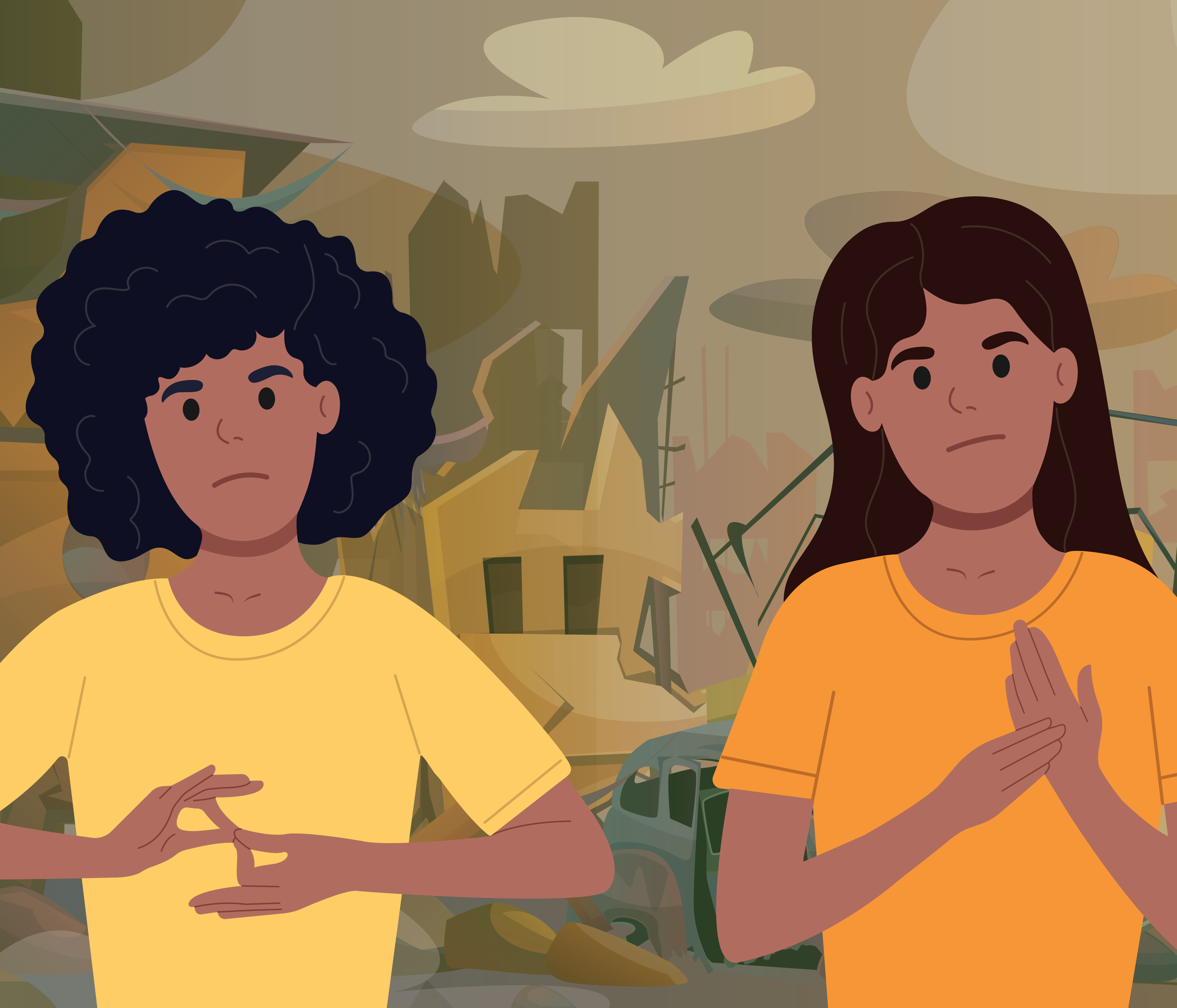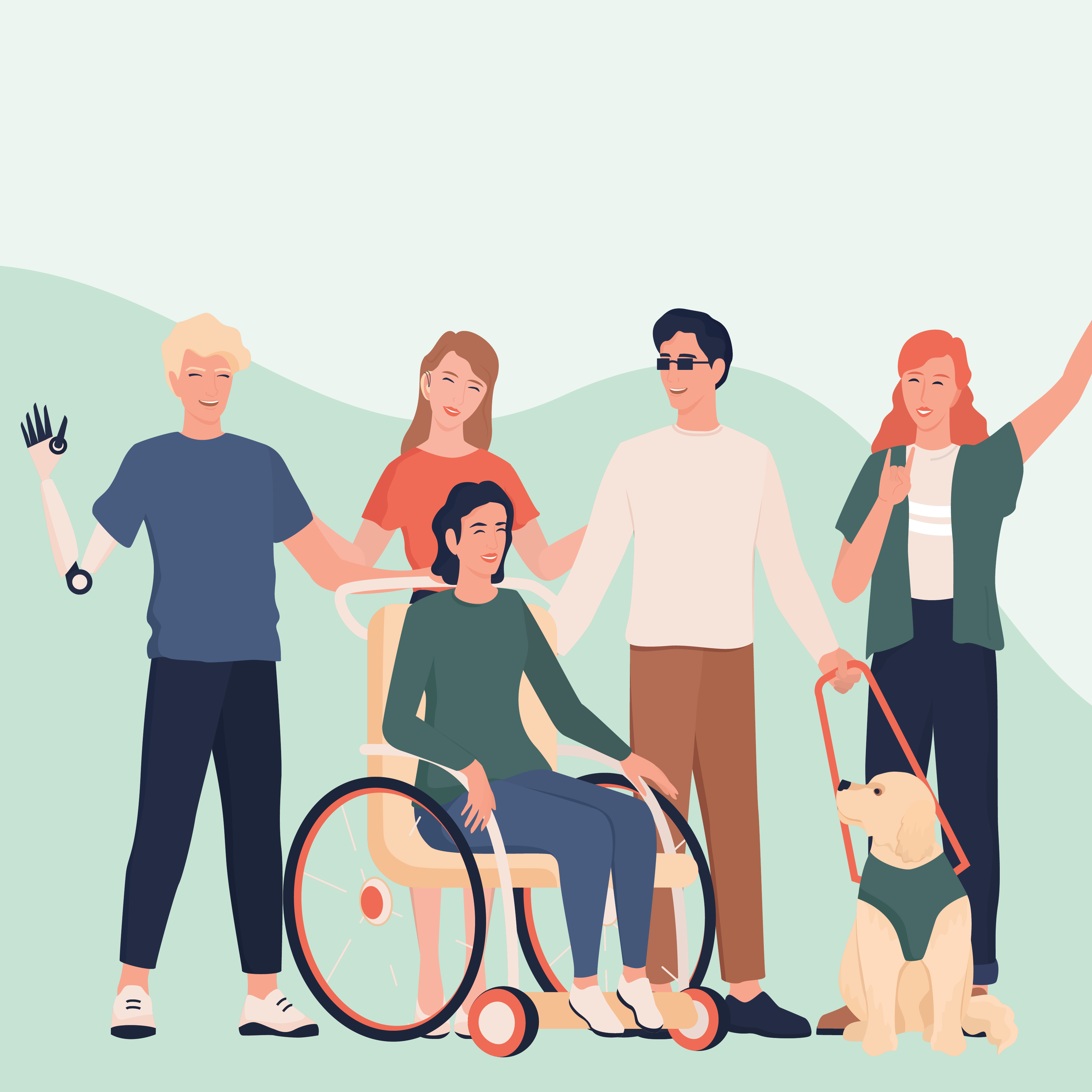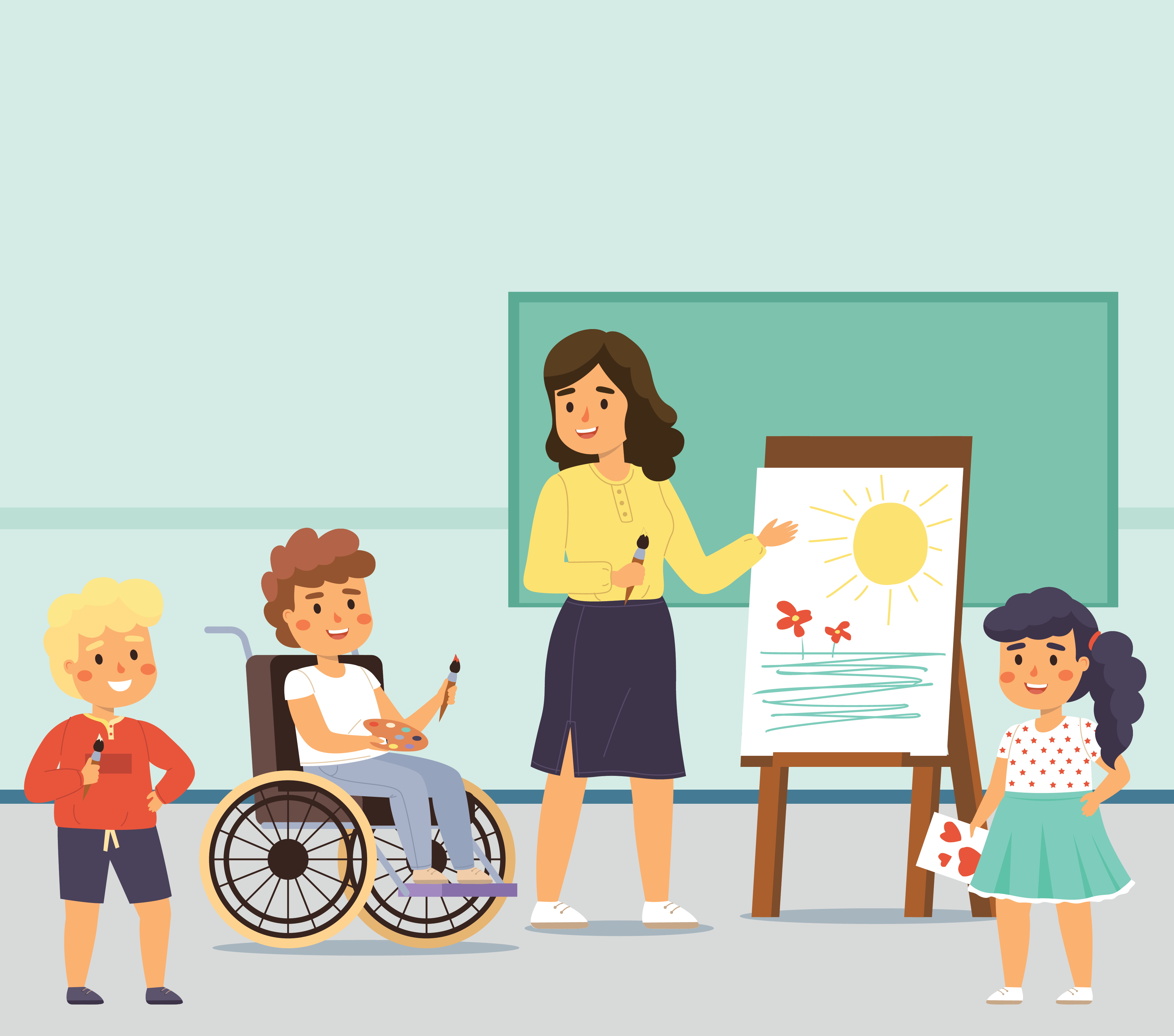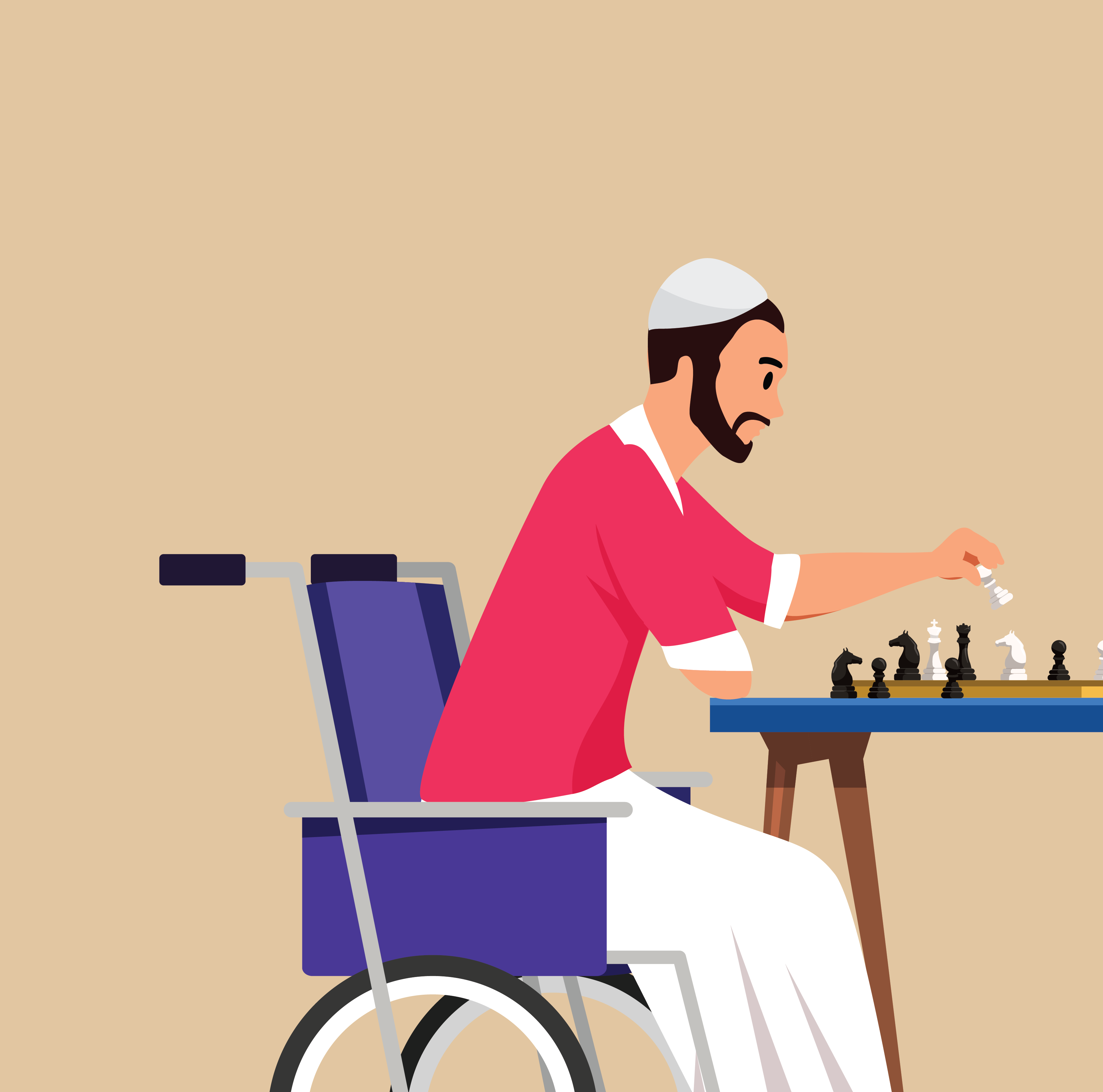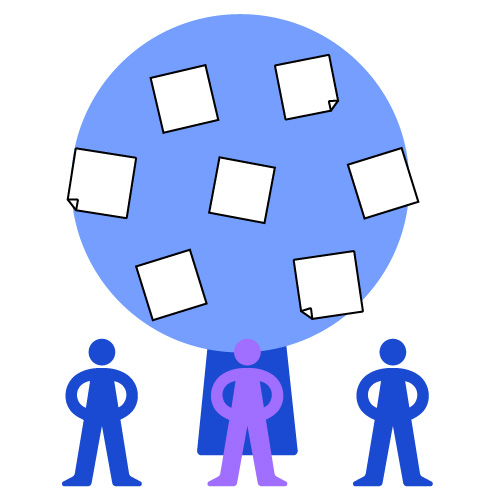
Social Mobilization
Enabling people to act on an important issue
Introduction
Social mobilization can be defined as coordinated actions and processes designed to engage and involve all relevant segments of society in order to create an enabling environment and effect positive behaviour and social change. It is an integrative process where stakeholders are stimulated to become active participants in social change, using diverse strategies to meet shared goals.
Social mobilization seeks to involve many sectors of society, creating networks and coalitions. It considers community members as key change actors and not as beneficiaries, provides means to collectively advocate for social change and stimulates long term systemic changes.
In that sense, social mobilization can build broad concern for an issue that was not previously recognized as important (e.g., Condom Day in Nepal, which empowered people to talk and act about a sensitive topic), with the goals of changing behaviour, enabling people to act on an important issue, and/or helping people understand their rights.
There are different types of social mobilization. According to Obregon and Waisbord, social mobilization can be pragmatic (involves community members to help achieve predetermined goals); activist SM (aims at advocating towards the decision-making powers to obtain tangible results); or hybrid SM, which combines aspects of both previous categories. All three categories follow the common principles of empowerment, equity, sustainability, integration, collaboration, participation, action, and bottom-up approach.
Benefits
Some of the documented benefits of social mobilizations comprise:
- Increase in preventive health practices, greater demand for primary health care services, and concrete community actions to improve public health. For example, in the context of immunization, effective social mobilization has resulted in community involvement in providing volunteers and transportation to support childhood vaccination.
- Inter-sector consensus-building around community issues. For example, detailed microplanning involving all stakeholders, especially community leaders, has resulted in empowerment, coordination, collaboration, and resource mobilization. The promotion of the participation of representatives from various organizations can lead to increased civic cooperation.
- Increased sense of ownership leading to higher appropriation and sustainability.
Depending on their scope and scale, social mobilization has the potential to:
- Reach marginalized groups.
- Promote discussions around subjects traditionally considered as taboos or that entail myths and misconceptions.
- Draw on real-life situations, described in local languages, which can bring issues to life in vivid ways.
- Create and strengthen positive social capital.
- Empower community organizations and groups to increase their ability to hold public institutions accountable and participate in local governance.
Key steps for effective social mobilization
Identify and access communities - If proper community-entry practices (i.e., gaining the approval and acceptance of community leaders) are not followed, communities may not accept or respond to social mobilization efforts.
Assess community needs, issues, and resources - Before designing and planning a social mobilization programme, it is important to understand the context in which you will be implementing the programme, including potential facilitators and barriers to programme implementation and the resources available to and within the communities.
Design a social mobilization strategy - Ideally developed in a community participatory workshop-type setting, the strategy should include a description of the overall implementation plan.
Identify and partner with local organizations - Non-governmental organizations (NGOs), Community-based organisations (CBOs), youth or women’s groups that will implement and manage social mobilization activities, including supervision and coordination of community-level social mobilizers, should meet specific criteria before being chosen (e.g., be registered as a corporate body, have adequate gender representation among its member, etc.). The role of the partners differs from those of the social mobilizers, who are responsible for activities such as facilitating discussion groups and referring clients to health facilities.
Design, test, and produce social mobilization materials - This process often occurs within a workshop setting that includes programme staff, stakeholders, and, possibly, graphic designers or artists.
Choose and train social mobilizers - Potential social mobilizers must meet specific criteria in order to be selected (e.g., residents of the community they serve who thus have the ability to speak and listen well in the relevant local languages and the national language - for more, see this sample social mobilizer job description), to ensure they will be trusted by the community they serve.
Implementation, monitoring and evaluation - It is crucial to not only implement activities but also monitor through real-time data analysis and rapid feedback to communities to inform iteration. Assessing the impact of social mobilization interventions should be undertaken through an evaluation.
Document and disseminate experiences and best practices - Distillation of lessons learned can be facilitated by any number of strategic communication activities, such as those described here.
Case studies and examples
Social mobilization in the context of polio and other immunization/vaccination efforts
- INDIA: Successful Polio Eradication in Uttar Pradesh, India: The Pivotal Contribution of the Social Mobilization Network, an NGO/UNICEF Collaboration.
- MALAWI: Use of Social Mobilization and Community Mobilizers by Non-governmental Health Organizations in Malawi to Support the Eradication of Polio, Improve Routine Immunization Coverage, and Control Measles and Neonatal Tetanus
- SIERRA LEONE: During the 1980s, Sierra Leone used social mobilization to increase routine immunization coverage during the Universal Child Immunization (UCI) initiative. Religious leader engagement was a central pillar of the strategy, which also involved partnerships with the media.
- PAKISTAN: Social mobilization has played a significant role in motivating individuals and communities to take part in the typhoid conjugate vaccine (TCV) campaign, which seeks to reach nearly 30 million children. One initiative integrated art, creativity, and health communication to empower local community members and foster a process of critical reflection.
Social mobilization in the context of Ebola
- LIBERIA: The importance of social mobilization research, monitoring, and evaluation activities during this epidemic was especially critical in hot spot areas to identify problems, gaps, and solutions. The establishment of the social mobilization pillar and structure facilitated a more systematic way of planning and monitoring activity and progress that supported greater clarity and precision in reporting to the Incident Management System (IMS) and made it possible for convening partners to implement community-based activities and channel their support for health promotion and social and behaviour change communication (SBCC).
- WEST AFRICA: It was found that, in order to build strategies, skills, and other resources that are most relevant to community understanding of the health issue and to controlling the outbreak, it is important to invest in strategic partnerships with community, religious leaders, journalists, radio stations, and partner organizations.
Social mobilization in the context of involving vulnerable groups
- ETHIOPIA: Evaluation of the Social Mobilization and Demand Creation (SMDC) for Improved Newborn Care in Errer Woreda, Somali Region, found, for example, that health facility delivery rates doubled (from 7.1% to 14.2%), and registration of pregnant women quadrupled (from 7.4% to 30.0%), compared to pre-intervention rates.
- PAKISTAN: The Social Mobilization for Empowerment (MORE) programme, implemented as a large-scale randomized rural intervention in a context of low female literacy and mobility, had a strong emphasis on organizing women. A range of health services that fall under the purview of the lady health worker showed a significant improvement in villages that were mobilized.
- KENYA AND BANGLADESH: A study assessing the extent to which social mobilization and political empowerment initiatives led by NGOs have influenced gender dynamics in Kenya and Bangladesh found, overall, that the intervention of civil associations does build and facilitate agency, which is crucial in overcoming social disadvantage.
- GLOBAL: "Ring the Bell" (or "Bell Bajao" in Hindi) draws upon various media - television and radio spots, print ads, mobile video vans, an interactive web campaign, and social media - to raise awareness about the right of women to live free from violence and to mobilize them to speak out when that right is violated. Millions of men, women, boys, and girls have taken action to stop violence, such as ringing a doorbell to stop a crime, or speaking out.
Key resources
- Social Mobilization Guide for Vaccination Campaign and Routine Immunization
- Social Mobilization for Polio and other Supplementary Immunization Activities in Somalia
- Planning Social Mobilization and Communication for Dengue Fever Prevention and Control: A Step-by-Step Guide
- Community-Led Ebola Action (CLEA) Field Guide for Community Mobilizers
- Social Mobilization: Lessons from the CORE Group Polio Project in Angola, Ethiopia, and India
- Advocacy, Communication and Social Mobilization (ACSM) for Tuberculosis Control
- PMI Communication and Social Mobilization Guidelines


